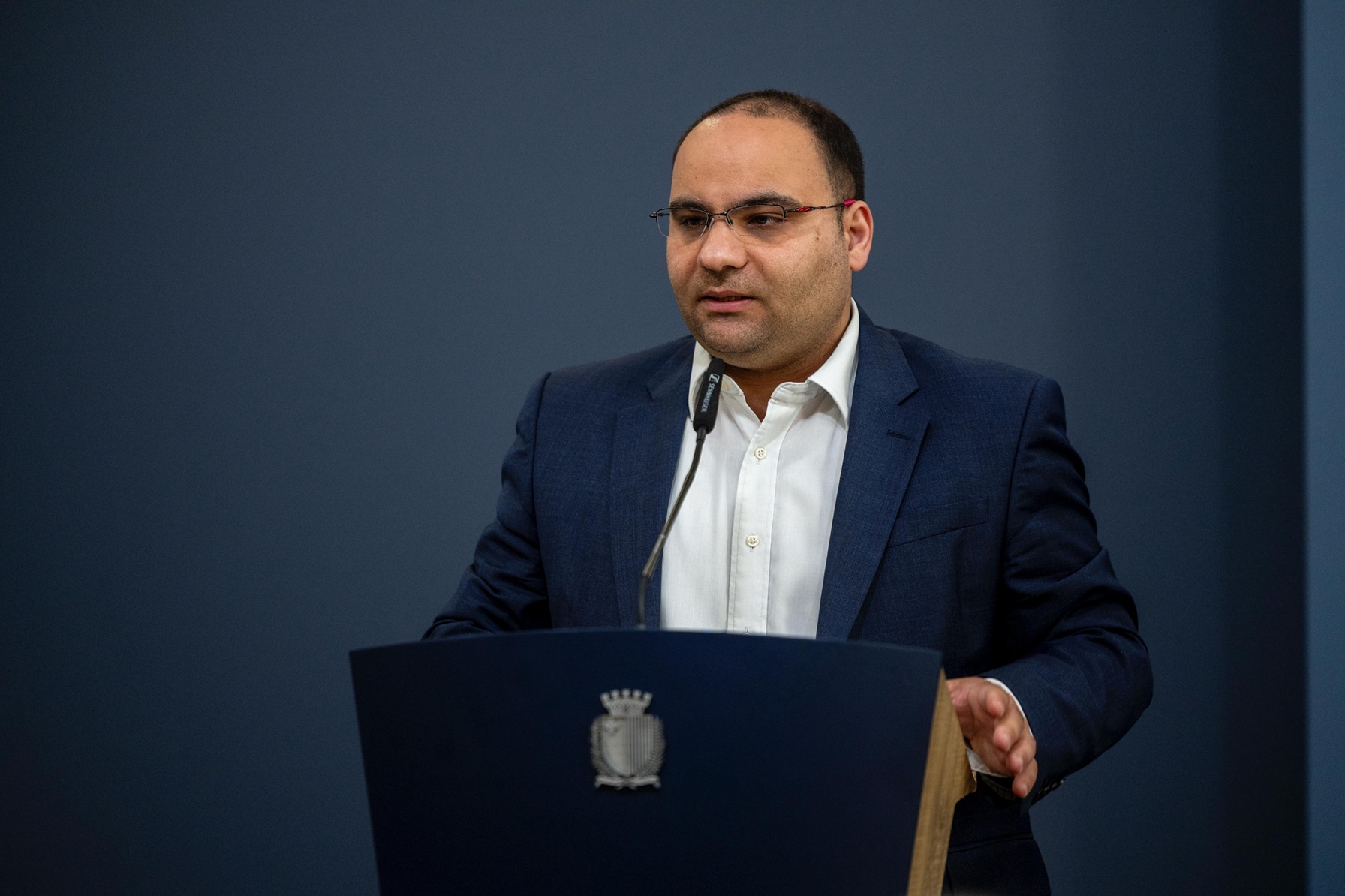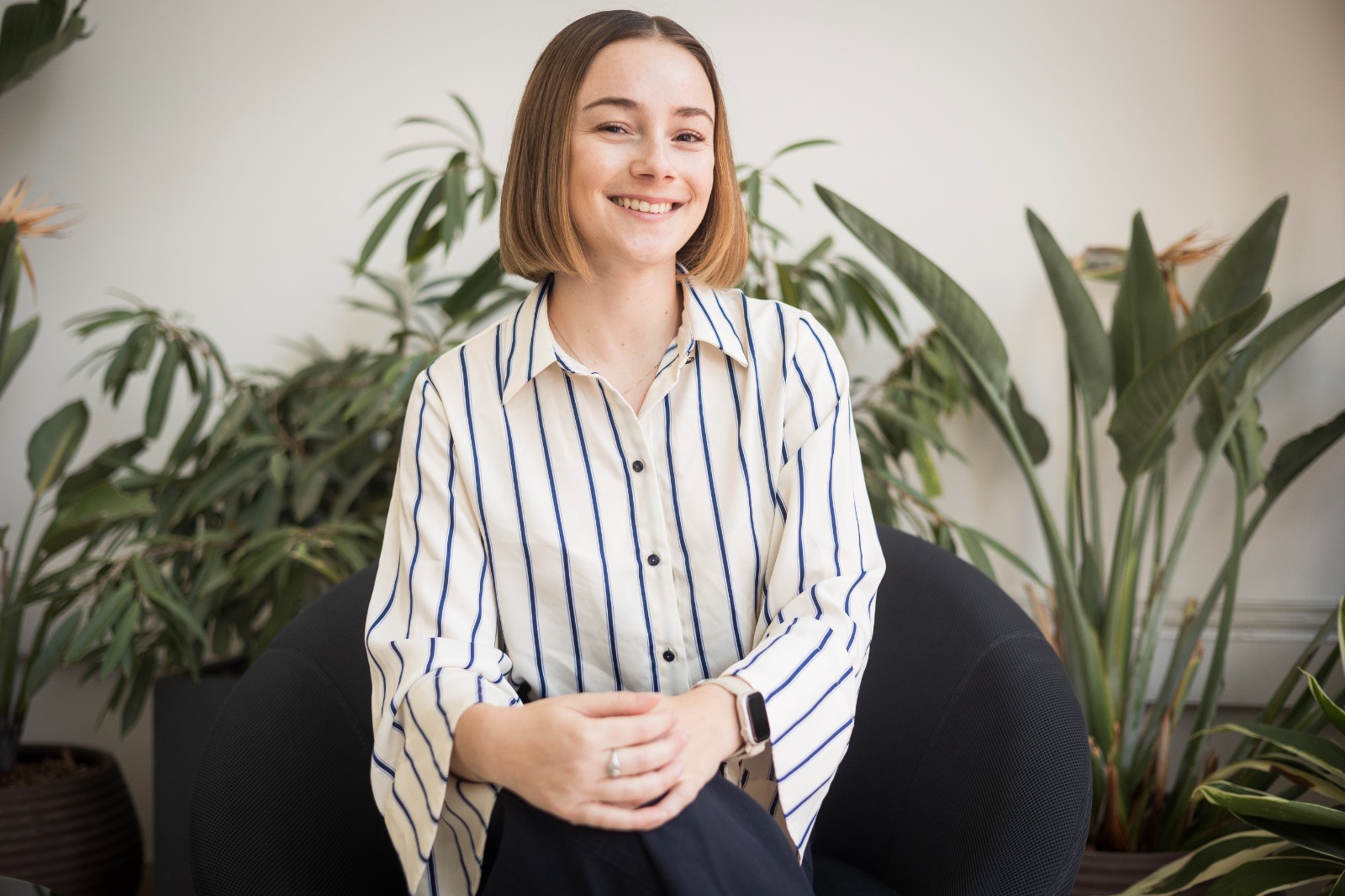“A lot has been done to alter our environment in the last 30 odd years, little of which is reversible. It’s important not to get into a world of negativity though,” says Reuben Xuereb, Chairman and CEO of QP, one of Malta’s leading design, engineering and management firms.
“Let’s not accept the idea that we’ve destroyed the country and stop there or continue to make matters worse”, he insists, as “there are some things that we’ve done very well. For example, the restoration of a number of dilapidated fortifications and numerous historical buildings.
“Yes, there have been a number of architecturally sensitive buildings that have been demolished but I think we’ve saved a lot of others. Government after Government has recognised their importance and taken care of them and today most are considered as some of the best well preserved UNESCO world heritage sites.”
Mr Xuereb sits at QP’s offices in the centre of Birkirkara from where one can observe a good view of a number of traditional village houses, and new-build concrete developments punctuated by limited swathes of greenery.

He’s there to tell BusinessNow.mt about his experience of Malta’s development and construction, as well as that of QP, which he’s seen sprout from a subsidiary of the Corinthia Group into an independent leading professional firm in the construction industry, providing professional services related to the design, engineering and management of construction, infrastructure and environmental projects.
Mr Xuereb has been involved in real estate development for more than 20 years, and has international experience in structuring and developing real estate mixed-use projects bringing a wealth of knowledge to the QP team.
His experience includes acquisitions, funding, master planning concepts and strategic development of real estate projects in Europe, North Africa and the Middle East.

He was appointed executive chairman in 2011 and has spearheaded a complete restructuring and growth strategy of the organisation to what it is today.
The wrong way
“In Malta, there tends to be an attitude”, articulates Mr Xuereb: “Let’s build it and then see.”
“When we look around, and we see so many unfinished projects, we have to ask, why did this happen? And the answer, often, is because there was no planning. The project began without a contingency plan for unexpected situations that might arise.”
When one starts a project, and that project is either delayed or progress is suspended, some of the effects are clear: “It’s having an impact on the neighbourhood and society at large from enjoying the environment that they live in,” he says.
Then there’s a financial cost. “When projects are stalled, the project’s owners are losing value, of course, through delayed works, but also through an opportunity cost.”

The right way?
QP insists on detailed planning and robust execution of projects for its clients.
Before one square inch of concrete is poured on site, the professional team at QP goes through much necessary discussions with its clients to define the scope and the objective for the project, its feasibility and funding, and ultimately the timing.
Acknowledging the strength of a multidisciplinary team of professionals at QP all aspects of a project namely, design, engineering and management, are firstly well-articulated through a project scope/brief, but equally important costed and planned for by the project and cost management professionals in a coherent manner.
In this way, its clients know exactly what the project will cost and how long it will take to realize, having planned the various phases through rigorous value engineering.
“In design, we do architecture, which covers the fabric of the building and spatial planning, and separately we do interior design.
“Then there’s engineering, which covers how we build the structure, totally separate from the architecture department, tasked with designing the detail of the structure itself, be it in steel, concrete, precast and the like.
“There’s also the building services team, who are tasked with planning and designing all the mechanical, electrical, HVAC, medium and low voltage, data, and specialised systems of any building.
“Finally, there’s the management side, which has two main components: cost management and project management.”
Explaining how this sets the organisation apart, Mr Xuereb posits that the organisation provides a single point responsibility approach on projects and at the same time delegates the specific responsibilities to the relevant competencies without compromises.
“For the architect’s dream to be realised, you need good structural engineers, who can design ways to build a structure, especially when this is somehow unusual,” he explains.

“Our structural engineering team is a separate discipline to the architects altogether. They collaborate and work together certainly, but ultimately they’re distinct, and this reflects our different way of doing things.”
The segregation of teams’ specialisations does not stop here though. QP’s architects and engineers don’t even get involved in “costing” projects, it’s the organisation’s dedicated cost managers that administer the real-time construction cost database and use their competence and expertise in costing a project.
How cultural heritage can be protected

Asked what special consideration the organisation makes when constructing and planning projects in Malta, given the country’s unique cultural heritage, Mr Xuereb smiles – this issue stands at the core of what the QP does, he says.
“We are the only consultancy firm that have a cultural heritage discipline within our team. A discipline that has grown in a well-structured manner and is seeking to grow further,” he explains, impassioned.
“What this department does is assist the superintendent of cultural heritage and works proactively with the developer to ensure Malta’s heritage is well protected.”
In practice, this involves the participation of a monitor to direct construction sites in relation to elements of historical or cultural importance.
Should the experts find something, which could be a deposit, a structure or remains, for example, they would assess these findings in their heritage context.
“We identify the findings and discuss next steps. If there is any trace of anything that has value of historical or cultural significance, then such findings are thoroughly assessed, referenced and documented in detail. Following this, a plan is drawn up to safeguard and protect such historical assets,” Mr Xuereb says.

“We pride ourselves doing such work, because for us, every discovery is something of unique value, and we know that what we find somewhere has been there for generations and could be safeguarded for generations in the future.”
Aside from utilising its unique setup to ensure a higher quality of project delivery, QP also approaches its environmental obligations in a considered way.
Mr Xuereb laments the importance that projects are validated and approved not simply based on the current planning policy but equally important on demand and supply factors in a particular area, their respective feasibility and the ultimate use of such buildings in the context of traffic and environmental impact.
It’s far from black and white though, he says, expressing his concern against being against all development by default.
There are in fact a number of responsible forms of development that he advocates for as helping safeguard Malta’s limited environment.
Firstly, he points to the possible regeneration of existing, dilapidated buildings, which could “be refurbished, reinstated, rebuilt in a certain way.”
Then, he identifies the intelligent development of our existing urban environments:

“I also believe in bringing the environment to within the urban landscape, so this is not just building more green spaces, but also bringing trees and greenery into existing spaces.
“We should be landscaping, introducing efficient shading systems in certain places. The environment is not just about greenery, it is everything that we depend on.
“So if we can make a concerted effort to design and develop buildings in a sustainable manner, through proper planning, the creation of shaded areas, implementation of vegetation that makes a difference, the ultimate game changer is that our urban landscape would not only become much more pleasant to live in but we will ultimately be saving energy, and consume less of the fossil fuels that are polluting the environment in order to keep our living and recreational spaces cooler.”
Malta’s next leap: Secured
How ESET delivers enterprise-grade security to meet Malta’s digital ambitions
Mastering the language of business: How BELS is crafting bespoke training for a dynamic economy
BELS Malta Director of Studies Arianna Muscat on how the language school helps companies equip their teams for success.
Built differently – CLA Malta offers custom solutions in a cookie-cutter landscape of tax advisory and business
Their client-centric philosophy extends far beyond conventional consultancy.






